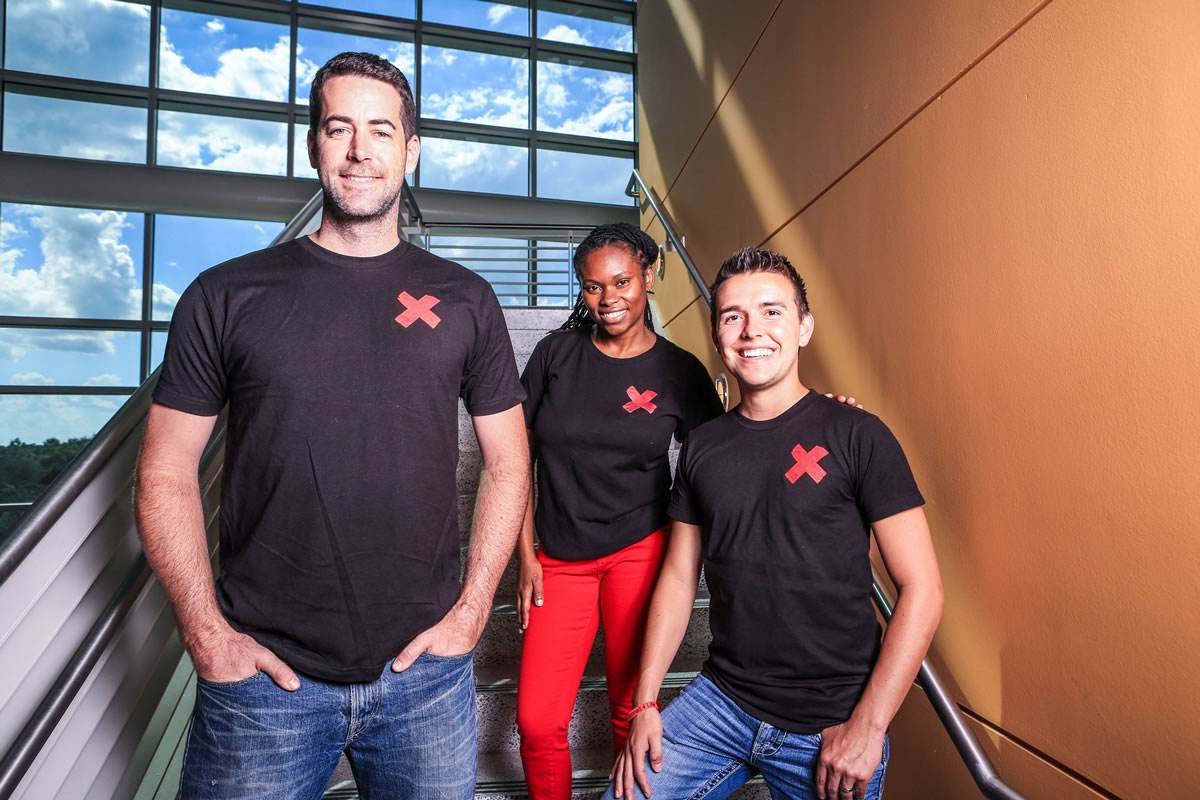ORLANDO, Fla. — When Blake Lynch went to donate blood last spring, hoping to help a friend with sickle cell anemia, he was turned away.
Not because he is feeble. Or sick. But because he’s gay.
“I was embarrassed. It’s a very personal question on this questionnaire they give you: ‘From 1977 to the present, have you had sexual contact with another male, even once?’ ” said Lynch, 22, a nursing student at Seminole State College. “You go into the blood center, and you see all these signs about how they need blood. And you hear about blood drives all the time. But I had never heard of this policy.”
Neither had his partner of 2 1/2 years, Brett Donnelly, nor most of their friends, nor even some of Lynch’s nursing school instructors. On March 1, the two men decided to launch a campaign devoted to overturning the federal Food and Drug Administration’s decades-old policy.
Through their Banned4Life nonprofit, they’ve gathered 25,000 signatures from supporters across the country; hosted a series of educational blood drives; spoken at churches and events from Los Angeles to Miami; and sent a representative to testify before Congress.
Their mission has some hefty supporters. In recent years, the lifetime ban — adopted in the wake of the nation’s AIDS crisis before more reliable blood-screening tests were available — has been lifted or modified in countries from Australia to Canada.
In 2010, the American Red Cross issued a joint statement with the nation’s two other main blood-product associations urging the FDA to change the policy “based on scientific data.”
In June, the American Medical Association went a step further, saying the ban is “discriminatory and not based on sound science.”
Across the nation, advocacy groups, mayors, town councils and a few state legislators have appealed for change, too. Even the Blood Safety and Availability advisory committee established by the U.S. Department of Health and Human Services labeled the current ban “suboptimal.”
“The FDA’s primary responsibility with regard to blood and blood products is to assure the safety of patients who receive these lifesaving products,” agency spokesman Curtis Allen said. However, he noted, the FDA “continues to re-evaluate the scientific basis for its blood donor deferral policies.”
In March, the government announced it was considering a pilot study on potential blood donations from gay men. The blood would be quarantined and not actually used for transfusions, but so far officials are still reviewing the matter. They have yet to approve a study.
The delay makes Emmy Derisbrun furious. At 34, she has dealt with sickle cell anemia all her life. About five times a year, the hereditary condition — which affects the shape of her red blood cells and so their ability to transport oxygen — causes her to be hospitalized. Then she needs transfusions.
When she met Lynch in nursing school in August 2012, the two became fast friends. And Lynch got an expedited lesson in sickle cell disease and the importance of blood donation. Then he discovered the ban.
“What bugs me is that they claim the policy isn’t discriminatory because it doesn’t ban gay men; it bans men who have had sex with men,” he said. “So, theoretically, a 16-year-old who knows he is gay but hasn’t had sex yet could donate. But, really, let’s look at the bigger picture.”
With Donnelly’s skill as an artist, photographer and website designer, the two came up with a provocative name and image: a young, muscular man with his hands bound and a large red “X” in their logo and on their T-shirts. With Derisbrun’s support, the three became sort of media darlings, featured in Men’s Health magazine and discussed on air from NPR to Fox News.
Since 1999, blood banks have conducted dual screening tests for HIV, the virus that causes AIDS. But the process still isn’t 100 percent foolproof. The FDA estimates that the risk of contracting the virus from a unit of blood is about 1 in 2 million.
It’s about the same for hepatitis.
Susan Stramer, president of the AABB (formerly the American Association of Blood Banks) and executive scientific officer at American Red Cross Biomedical Services, said the nation’s monitoring protocol is “robust.”
“We have systems in place to safeguard the transmission of those (infectious) agents,” she said.
Since the dual HIV-testing procedures began 14 years ago, there have been no more than six cases of recipients being infected.
Her organization is among those that believe the policy should change.



